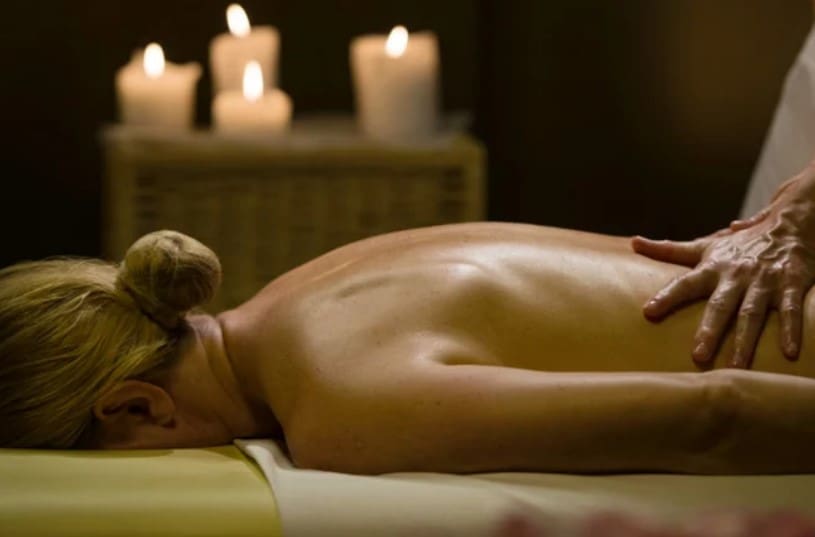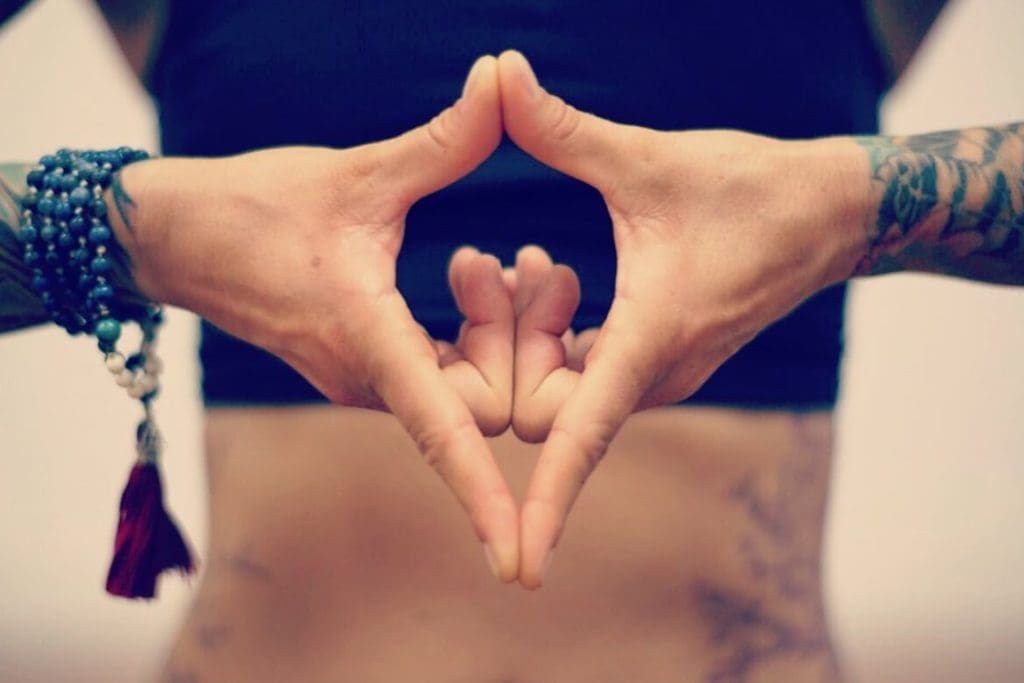If you’re new to Tantric massage, you might have heard whispers of it being “spiritual,” “sensual,” or even “healing.” And the truth is — it can be all of those things. At its heart, Tantric massage is a body-based practice rooted in Tantra, a spiritual tradition that sees the body, breath, and energy as gateways to deep connection and self-awareness.
Rather than just a relaxing massage, Tantric massage is about being present, awakening energy, and treating touch as something sacred.
Let’s explore some of the main types you might come across.
1. Traditional Tantric Massage
This is the most foundational type, drawing directly from ancient Tantric practices.
- Involves full-body massage using warm oils and conscious, flowing touch.
- Often includes breathing techniques, gentle energy work, and a meditative pace.
- The goal isn’t just relaxation — it’s to awaken your body’s natural energy and create a deeper connection between body and mind.
- Some sessions may include intimate areas, but this is always discussed beforehand with full consent.
🧘 It’s often described as a deeply calming, spiritual experience.
2. Sensual Tantric Massage
This form of Tantric massage incorporates more sensuality, but still within a mindful, respectful space.
- Focuses on building and moving pleasure through the body — not rushing to any goal.
- Can include intimate touch, always with clear boundaries and full permission.
- Helps people reconnect with their body, release emotional blocks, and rediscover pleasure as something natural and meaningful.
💗 The intention is always healing, self-awareness, and connection — not performance or expectation.
3. Kashmiri Tantric Massage (Kashmir Shaivism Massage)
Originating from a school of Tantra in Northern India, this type is deeply meditative.
- Typically done very slowly, often in silence, with both giver and receiver practicing awareness.
- Uses long, flowing, continuous strokes that create a feeling of unity.
- Every part of the body is treated with equal respect — nothing is hidden, nothing is rushed.
🌸 It’s less about technique and more about being fully present in the moment.
4. Yoni & Lingam Massage
(Yoni = vulva; Lingam = penis – both sacred Sanskrit terms)
These are types of Tantric massage focused on intimate areas, used for healing, empowerment, and energy work.
- These are not sexual services, but rather guided practices for emotional and energetic release.
- Can be deeply healing for people working through trauma, shame, or disconnection from their bodies.
- Always approached with full transparency, consent, and sensitivity.
🕊️ These practices are often chosen by individuals looking for personal healing and deeper self-awareness.
5. Neo-Tantric or Western Tantric Massage
This is a modern blend of traditional Tantra with more contemporary elements like psychology, bodywork, and mindfulness.
- Often found in workshops, retreats, or private sessions in the West.
- Can vary widely: some focus on meditation and energy work, while others explore sensual touch in a conscious way.
- It’s more accessible to beginners but still rooted in core Tantric principles.
🔍 It’s a good starting point if you’re curious and want to explore in a modern, structured environment.
⚠️ A Word About Safety and Boundaries
A true Tantric massage should always:
- Be discussed clearly beforehand
- Involve full and informed consent
- Take place in a respectful, safe setting
- Make you feel comfortable and empowered at all times
You are always in charge of what happens in a session. A professional practitioner will welcome your boundaries and questions.
Final Thoughts
Tantric massage isn’t just about touch — it’s about how you’re touched, why, and the energy behind it. Whether you’re exploring healing, self-awareness, or a new kind of connection with your body, there’s a style that may resonate with where you are in your journey.















